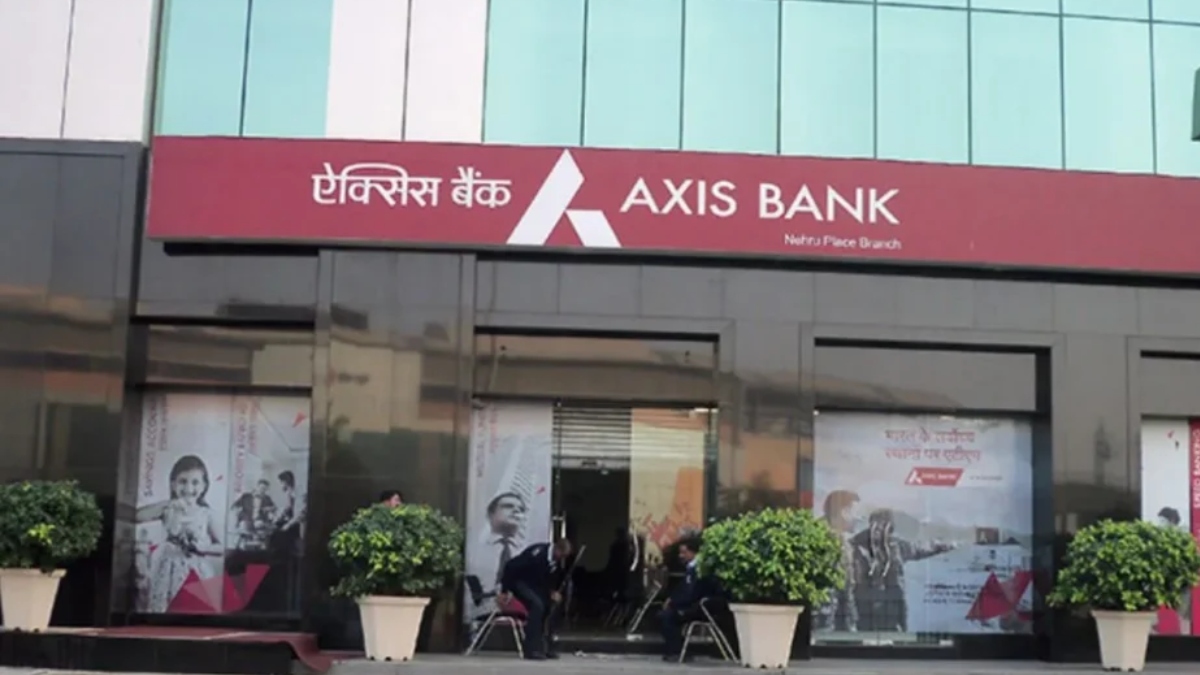The recent performance of Axis Bank has raised eyebrows among investors, as the stock experienced a significant decline on the Sensex and Nifty indices. Currently down by more than 4%, the bank’s shares have dropped nearly 6% over the past five days. This downturn comes on the heels of a substantial rally prior to the announcement of its Q4 financial results, which unfortunately fell short on key metrics, sparking concerns about the bank’s stability in an already volatile market.
Key Factors Behind Axis Bank’s Stock Decline
Several elements are contributing to the current pressure on Axis Bank’s stock, reflecting broader worries about its short-term outlook.
Core Performance Issues
A detailed look at Axis Bank’s latest financial results reveals some troubling trends that could point to underlying weaknesses:
- Net Interest Income (NII) growth was only 1.5% quarter-over-quarter, which pales in comparison to 4% growth seen by competitors like HDFC Bank and ICICI Bank in Q4 FY25.
- Loan growth stood at a mere 2.6% QoQ and 7.8% YoY, indicating a slowdown in lending activity.
- While deposits grew by 10% YoY and 7% QoQ, these figures are still below the industry average, raising further red flags.
- Persistent slippages in the retail segment suggest a lack of confidence in near-term recovery.
Focus on Asset Quality
Asset quality has emerged as a crucial concern for Axis Bank. Despite a slight decrease in overall slippages to 1.8% from 2% QoQ, the retail sector continues to be a major worry, accounting for nearly 90% of all slippages. Experts at Elara Capital have commented on the alarming situation, stating, “Retail slippage remains high, and the management’s remark that ‘credit cards seem to have peaked while personal loans will take several more quarters’ is puzzling.”
The Implications of Credit Costs
Interestingly, the bank’s credit costs were somewhat alleviated by a write-back of ₹800 crore. However, Axis Bank has also tightened its provisioning policies related to one-time settlements, which could potentially affect credit costs in FY26, even if the bank believes the impact will be minimal. Additionally, there has been a noticeable rise in net non-performing loans (NPLs) at Axis Finance, a trend that experts are advising investors to closely monitor.
Elara Capital’s analysts noted, “Given the uncertainty and the historical volatility of outcomes, investors should remain cautious as the scope for maneuvering diminishes.”
Conclusion
In summary, while Axis Bank was once a standout performer in the banking sector, recent financial results have raised significant concerns about its future performance. Investors should keep a close watch on the bank’s asset quality and core vulnerabilities, as these factors will be crucial in determining the bank’s trajectory in the coming quarters.











